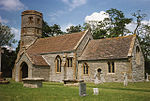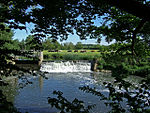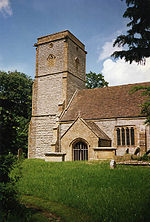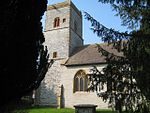Fleet Air Arm Museum
Aerospace museums in EnglandFleet Air ArmMilitary aviation museums in EnglandMuseums in SomersetNaval museums in England ... and 1 more
Use British English from December 2016

The Fleet Air Arm Museum is devoted to the history of British naval aviation. It has an extensive collection of military and civilian aircraft, aero engines, models of aircraft and Royal Navy ships (especially aircraft carriers), and paintings and drawings related to naval aviation. It is located on RNAS Yeovilton airfield, and the museum has viewing areas where visitors can watch military aircraft (especially helicopters) take off and land. At the entrance to the museum are anchors from HMS Ark Royal and HMS Eagle, fleet carriers which served the Royal Navy until the 1970s. It is located 7 miles (11 km) north of Yeovil, and 40 miles (64 km) south of Bristol.
Excerpt from the Wikipedia article Fleet Air Arm Museum (License: CC BY-SA 3.0, Authors, Images).Fleet Air Arm Museum
B3151,
Geographical coordinates (GPS) Address Nearby Places Show on map
Geographical coordinates (GPS)
| Latitude | Longitude |
|---|---|
| N 51.0136 ° | E -2.6448 ° |
Address
RNAS Yeovilton (HMS Heron)
B3151
BA22 8HN , Yeovilton and District
England, United Kingdom
Open on Google Maps









